
NodeJS is an excellent alternative for creating scalable and quick server-side applications. It is the ideal framework for developing high-speed JavaScript apps due to its asynchronous nature, excellent support for non-blocking operations, and rapid performance.
Despite the fact that NodeJS is best recognized as a server-side development framework, you can use it to create desktop and mobile apps with little or no changes to your codebase. You can generate lightning-fast end-user experiences while also decreasing overall development time and expenses by using NodeJS as your app's host environment.
Are you seeking techniques for speeding up the development of your next NodeJS application? If yes, continue reading. This blog post will go over some of the most useful open-source tools for creating efficient NodeJS applications.
Amplication
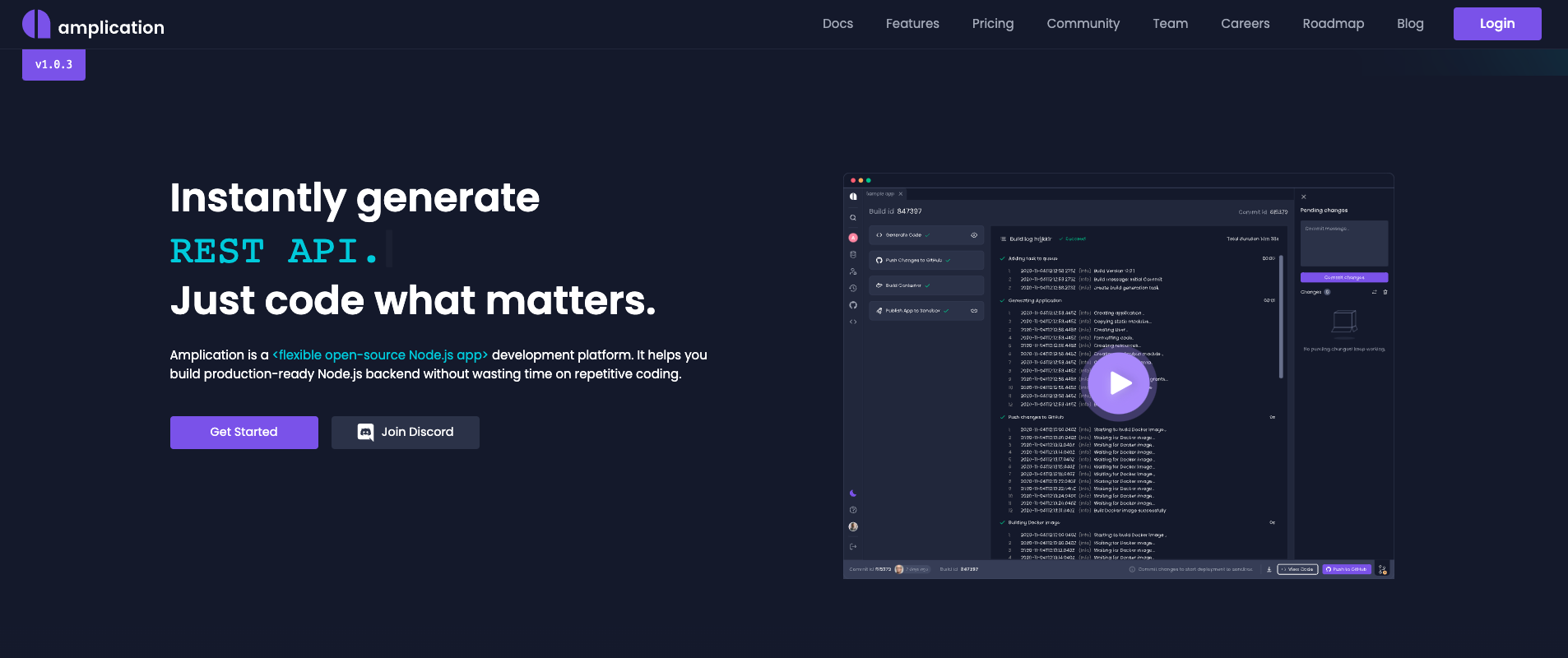
Amplication is a free and open development platform. It enables professional NodeJS developers to create high-quality NodeJS applications without spending time on tedious coding activities.
Amplication builds TypeScript and NodeJS backend programs, as well as a React client. Let us look at some of its features.
You can create a completely functional back-end application in minutes using Amplication. Just enter your data models, roles, and permissions, and it will build a TypeScript NodeJS application that has incorporated every feature you require: a fully functional REST API for the data models you specified with authentication, role-based authorization, logging, and even an admin UI.
Developers can use their skill set to freely alter their applications after downloading the resulting source code. Your complete application is created automatically as human-readable and editable code. You can use a Docker container with NodeJS code and a PostgreSQL database. You can then use the code wherever you want.
 View Website
View Website
 View Website
View Website
 View Website
View Website
Amplication incorporates version control into everything you do. Make changes quickly and easily, then publish a new version or roll back to a prior version. Furthermore, it allows you to own your application and data, allowing you to select how and where you wish to work on them. Your application can be hosted on Amplication Cloud, your private cloud, or even on-premises.
Finally, you can always choose to exit the Amplication environment and continue developing your application with traditional coding abilities. It generates code that is human-readable and editable in accordance with industry standards and best practices.
Clinic.js
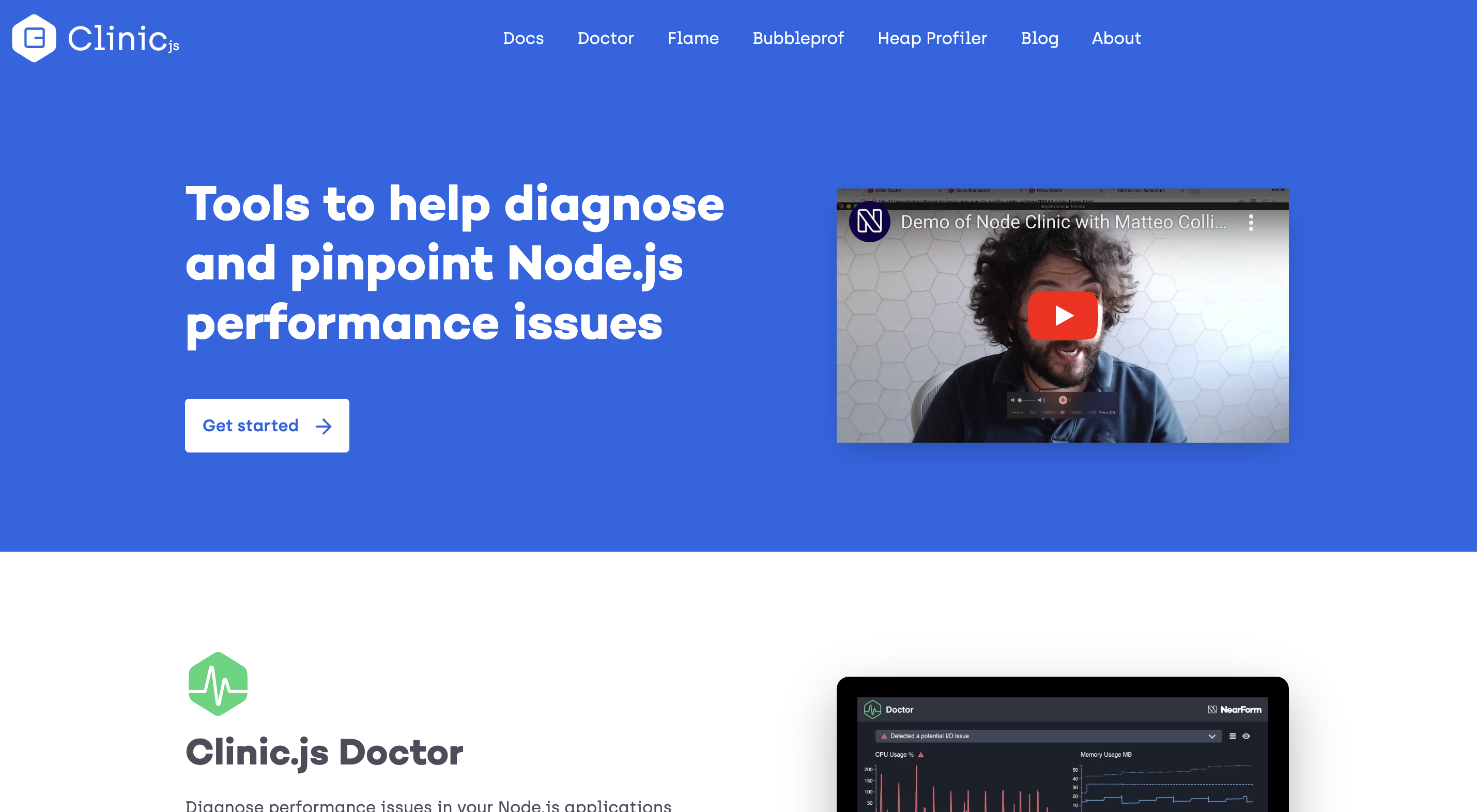
One of the problems NodeJS developers have to deal with is figuring out why their app is "slow". There aren't many tools available to help dig into performance issues. One great tool that is up to the task, though, is Clinic.js. It makes the task of finding and fixing performance issues in NodeJS applications easy.
Clinic.js is a NodeJS project monitoring tool that is open source. It includes three tools---Doctor, Bubbleprof, and Flame---to help you monitor, detect, and resolve NodeJS performance issues. You can use one of three Clinic.js tools depending on the component of your project you want to monitor and the report you want to generate. Let us look at one of them in detail.
Doctor is the first tool in the toolkit they offer. It aids in the diagnosis of performance issues in your application and directs you to more specialized tools for delving further into your unique concerns. Low CPU utilization, stalling garbage collections, frequent event loop delays, or a large amount of active handles are all symptoms of a variety of potential issues. Doctor narrows the possibilities by making a recommendation based on the symptoms.
As for the other tools, Bubbleprof is excellent for profiling and generating metrics using async hooks, and Flame is excellent for finding hot routes and bottlenecks in your code.
Express.js
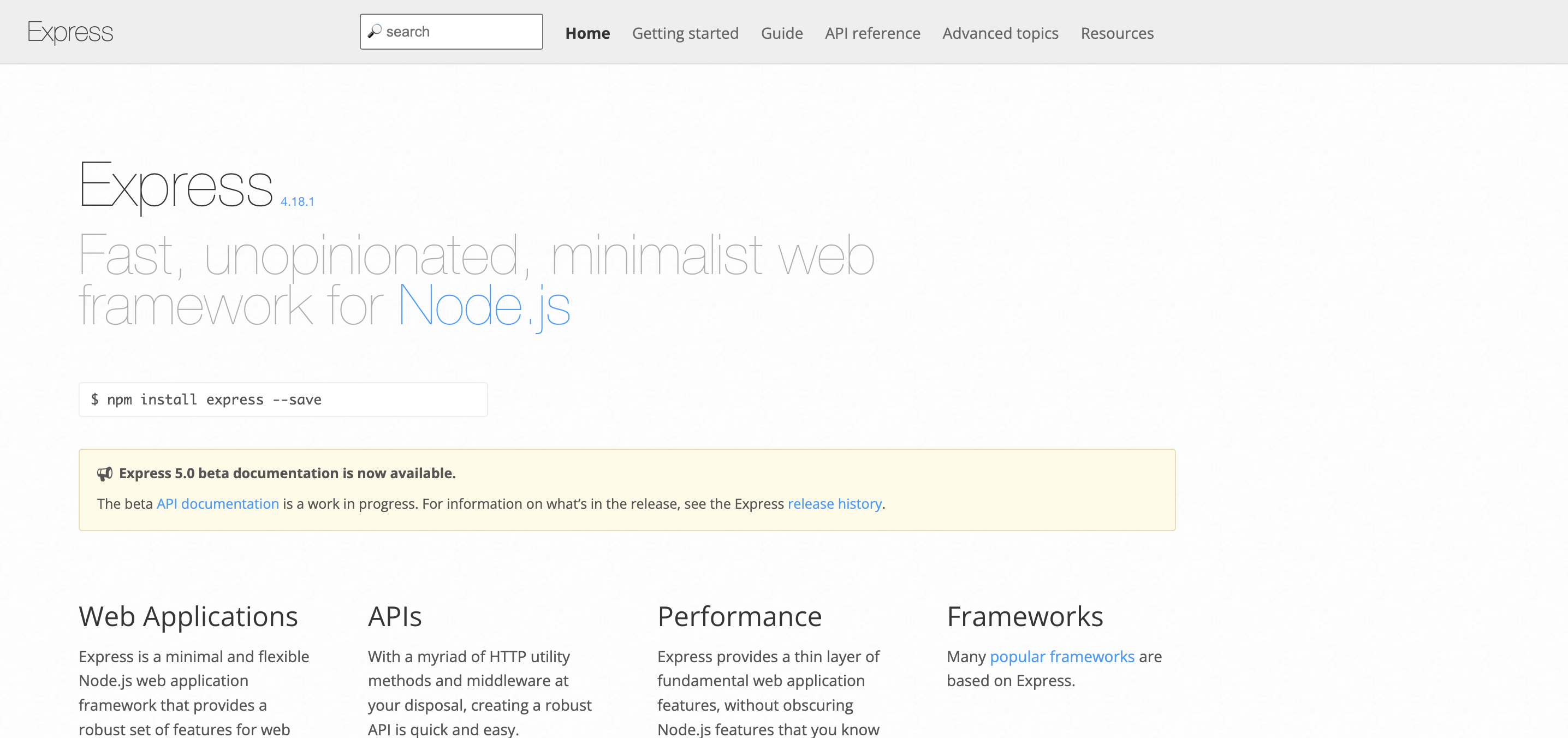
One of NodeJS's most popular modular open-source projects, Express is extremely useful because it generates an efficient HTTP request even while working with JavaScript, a server-side language, and outside of the browser. Furthermore, Express is a framework that is free of bias.
It aids in the completion of duties connected to app speed and security and is part of MEAN (MongoDB, Express, Angular, and NodeJS). It has many notable features.
Middleware can be configured to reply to HTTP requests. Middleware is a computer component that enables database access, client requests, and other middleware. It is basically in charge of the methodical organization of Express.js's numerous functions.
Routing technique based on URLs and HTTP methods. ExpressJS provides a sophisticated routing mechanism that makes use of URLs to preserve the state of the webpage. Express provides tools for writing handlers for requests with various HTTP verbs at various URL routes. It works with view rendering engines to create answers by injecting data into templates.
The program features a robust website with numerous examples, and the documentation is available in multiple languages. The community is also very strong and willing to assist. It's an excellent opportunity for experienced NodeJS engineers to participate.
RabbitMQ
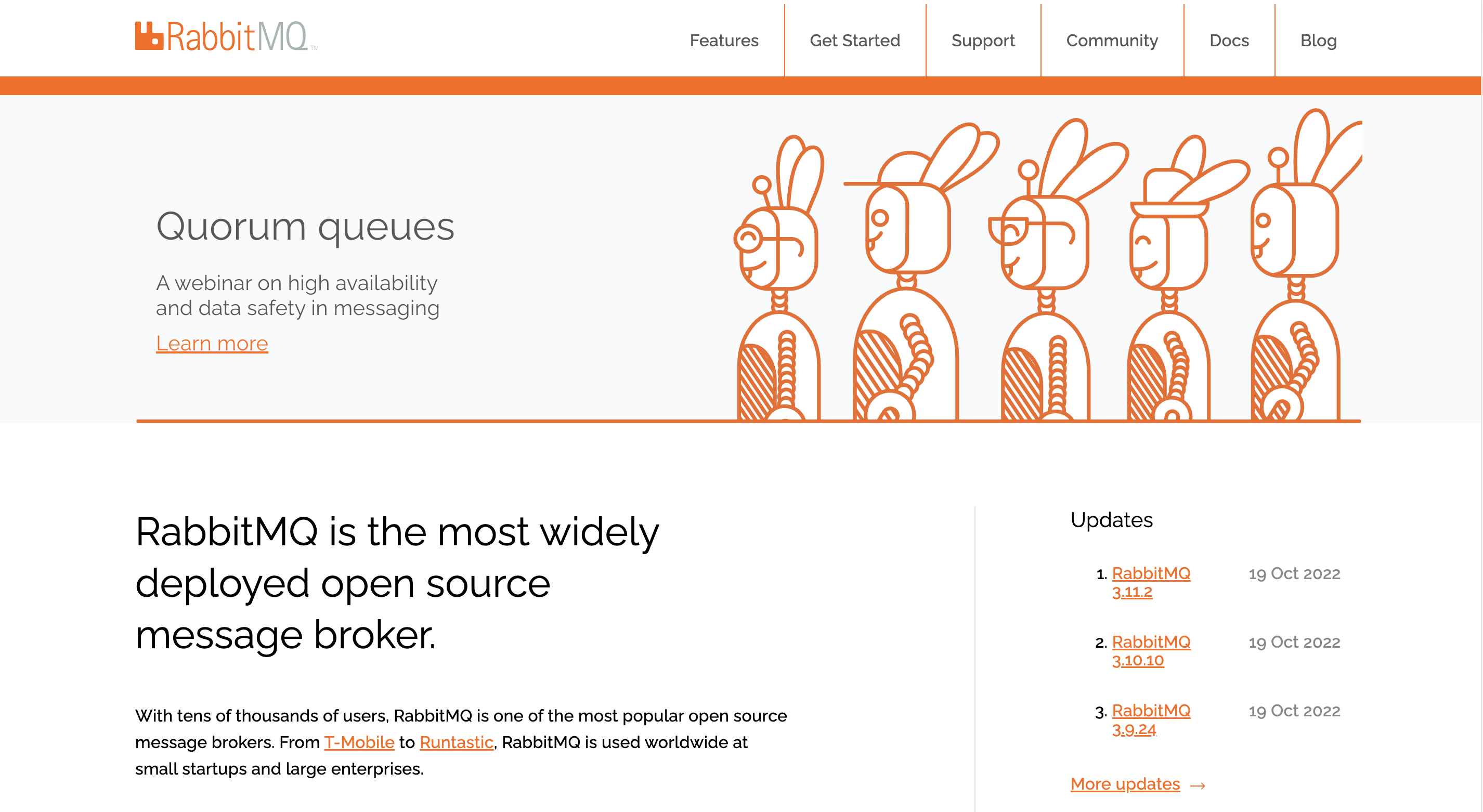
RabbitMQ is a message-queueing application that establishes queues to which programs can connect in order to transfer messages. It is a well-known open-source message broker. It is intended to deliver enterprise-level messaging systems with high availability, scalability, reliability, performance, and security.
RabbitMQ has a number of capabilities that allow you to balance performance and reliability, such as persistence, delivery acknowledgments, publisher confirms, and high availability.
It is lightweight and simple to install, both on-premises and in the cloud. Thereafter, you can deploy it in distributed/federated setups to meet high availability and scalability requirements. It supports multiple communications protocols and allows you to select a persistent mechanism and modify security for authentication and authorization based on the demands of your application.
Another significant attribute of RabbitMQ is its high queue availability. It allows duplicated queues and streams of computers in a cluster, guaranteeing that messages are safe if a majority of the clusters are online even if the hardware fails.
RabbitMQ includes a simple management interface that allows you to monitor and control any aspect of your message broker.
You know you're going to have a wonderful time when an open-source product has a wide community. RabbitMQ has a large community that creates all kinds of clients, plugins, manuals, and so on.
Conclusion
There are a number of tools to choose from, but the ones listed above make a great starting point. You can also find plenty more by searching online and conversing with your peers. But whatever you do, don't allow yourself to get overwhelmed. Take the time to learn what each tool does and how you can utilize it in your applications.

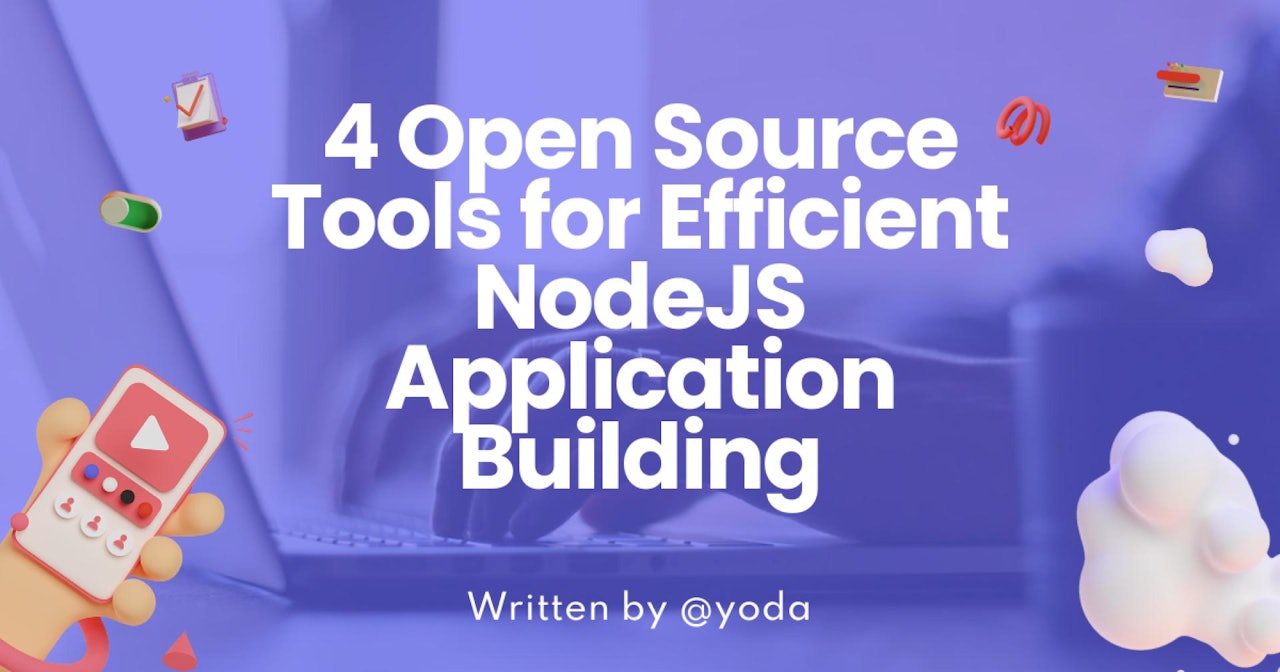
Comments (0)